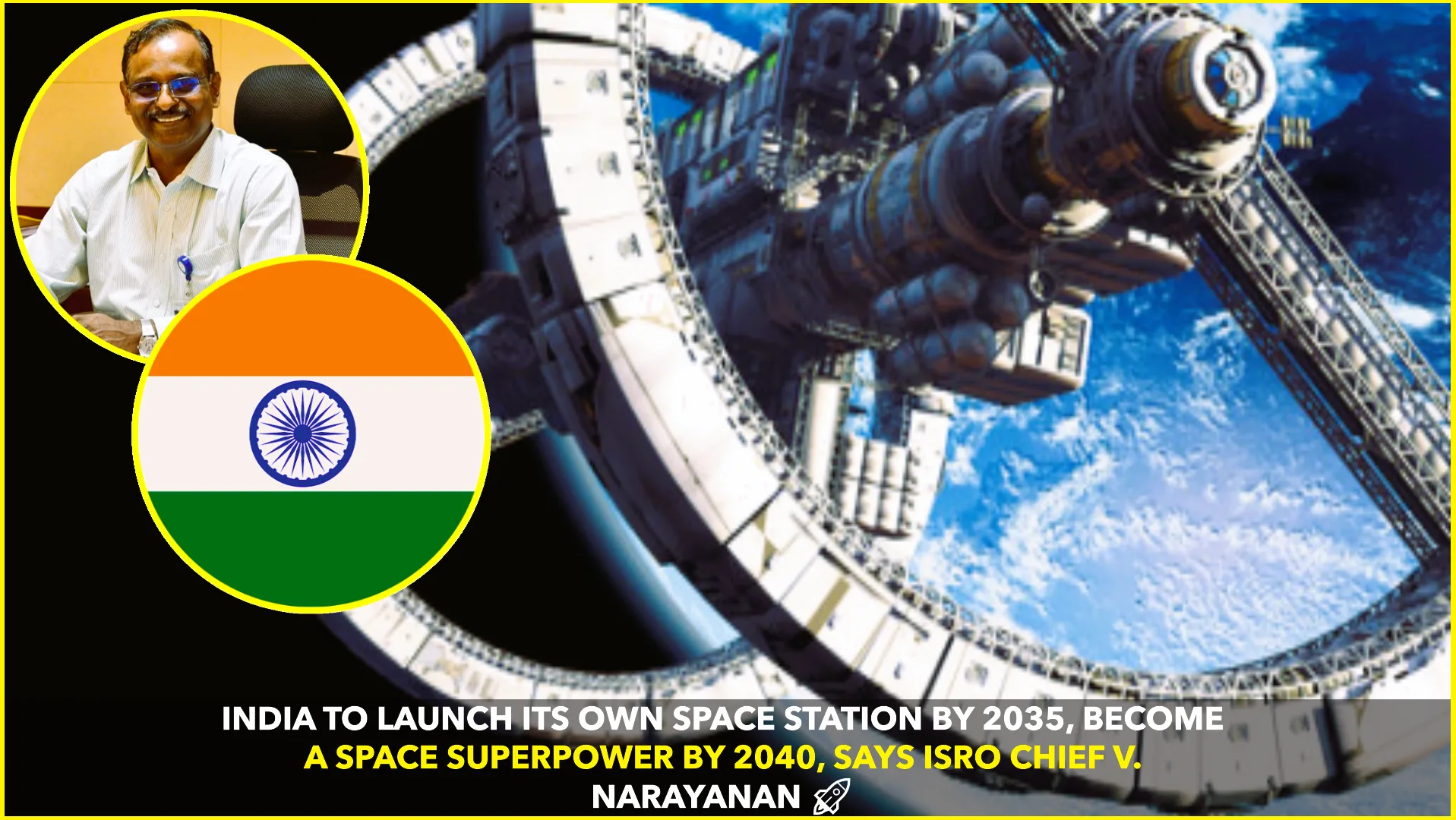Beijing, February 17, 2025 – China has given the green light for the construction of an advanced deep-sea research facility in the South China Sea, marking a significant step in deep-sea exploration. The facility, designed as a deep-sea space station, will be stationed 2,000 meters below the ocean’s surface and is expected to become operational by 2030.
The project, aimed at enhancing scientific research and resource exploration, will focus on the vast methane hydrate reserves found in the region. According to estimates, the South China Sea holds approximately 70 billion tons of methane hydrate, also known as “flammable ice,” a potential alternative energy source. This initiative underscores China’s strategic interest in exploring and harnessing deep-sea resources.
A Technological Marvel Below the Ocean Surface
The facility is expected to accommodate scientists for month-long missions, allowing for extensive study of deep-sea environments. It will serve as a hub for research on cold seep ecosystems, methane fluxes, ecological changes, and tectonic activity. Scientists aboard will be able to monitor the impact of methane hydrate deposits on marine ecosystems and assess their potential for sustainable energy extraction.
This state-of-the-art underwater station will be equipped with cutting-edge technology, including autonomous submersibles, robotic arms for sample collection, and real-time data transmission capabilities. Such advancements will provide researchers with unprecedented access to one of the most resource-rich and ecologically significant maritime regions in the world.
Strategic and Environmental Implications
China’s decision to establish a deep-sea research station aligns with its broader ambitions in marine science and resource management. The South China Sea is not only a vital trade route but also a region of geopolitical significance. The development of this research station could further solidify China’s presence in the contested waters, a move that may spark concerns among neighboring countries with competing territorial claims.
From an environmental perspective, the project could provide valuable insights into the role of methane hydrates in climate change. Methane is a potent greenhouse gas, and its release from oceanic deposits could have significant climatic consequences. By studying methane fluxes and cold seep ecosystems, scientists hope to understand how these deposits interact with ocean currents and global temperature fluctuations.
Advancing Energy Exploration
The discovery and potential extraction of methane hydrates present both opportunities and challenges. As an alternative energy source, methane hydrate extraction could reduce reliance on conventional fossil fuels. However, its extraction remains technically complex and environmentally sensitive. Improper mining could lead to unintended methane releases, contributing to climate change and disrupting marine ecosystems.
China has been actively investing in methane hydrate research since successfully extracting the compound from the seabed in 2017. The upcoming deep-sea station will likely accelerate advancements in safe and efficient extraction methods.
Global Reactions and Future Prospects
The establishment of the deep-sea research station will likely attract international attention. While China has emphasized the project’s scientific and environmental objectives, other nations with interests in the South China Sea, including Vietnam, the Philippines, and Malaysia, may closely monitor developments.
As the facility nears completion by 2030, it is expected to enhance China’s capabilities in oceanic research, resource utilization, and environmental monitoring. The project represents a major leap in deep-sea exploration, potentially shaping the future of marine science and underwater habitation.
China’s deep-sea research facility stands as a testament to its growing ambitions in ocean exploration. As the world shifts toward alternative energy sources, methane hydrate research could prove crucial in addressing future energy needs while maintaining a balance between technological advancement and environmental conservation.










